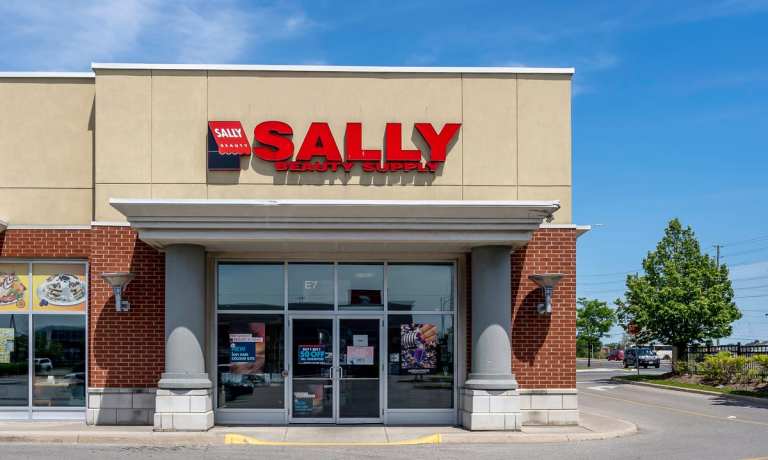
As middle- and high-income consumers return to treating themselves to nice-to-haves, such as new personal care products and services, Sally Beauty is seeing low-income shoppers continuing to cut back amid ongoing economic pressures.
On a call with analysts Thursday (May 9) discussing the retailer’s second-quarter fiscal 2024 earnings results, Sally Beauty Holdings President and CEO Denise Paulonis discussed the disparities between how different income brackets are spending.
“[With] demand, we’re really seeing a bifurcation of two different consumer populations,” Paulonis said. “What we’re seeing with stylists who predominantly serve a middle-to-higher income customer is a return of regular, more normalized services and cadence come through, and we’re seeing that with both strength in color and care coming through our sales portfolio. … When you contrast that with the lower-income consumer that’s a more typical Sally consumer, they’re feeling more pressure.”
PYMNTS Intelligence’s data highlighting differences in each income bracket’s spending habits revealed that shoppers across these demographics are cutting back. The February/March report, “New Reality Check: The Paycheck-to-Paycheck Report: Why One-Third of High Earners Live Paycheck to Paycheck,” found that 69% of low-income shoppers (those earning less than $50,000 annually), 66% of middle-income shoppers (those earning $50,000 to $100,000 annually) and 56% of high-income shoppers (those earning more than $100,000 annually) said they have cut down on nonessential spending in the last year due to retail product price increases.
The disparities are more pronounced when looking at consumers’ likelihood of cutting back on the quality of their purchases. Forty-five percent, 41% and 28% of consumers in each respective income bracket did so.
Paulonis noted that lower-earning consumers are the most likely to be looking for deals and discounts.
“We believe the macro backdrop had a heightened impact on the increased take rate of promotional items by our lower-income consumers, who are seeking value in response to the inflationary environment.”
Plus, Paulonis observed, lower-income consumers are being more “selective” in what they buy, prompted by overall inflation and by “food inflation not going down in the way people would have hoped.” Additionally, the company is seeing more consumers pay with buy now, pay later (BNPL) and credit.
The PYMNTS Intelligence study “Tracking the Digital Payments Takeover: What BNPL Needs to Win Wider Adoption” found that among the 20% of consumers who use BNPL, roughly a third use the payment method to buy health and beauty products in installments.
Overall, discretionary categories such as beauty have felt much of the impact of ongoing consumer budgetary pressures impacting spending. The PYMNTS Intelligence study “Consumer Inflation Sentiment Report: Consumers Cut Back by Trading Down” found that 45% of shoppers cut back on spending on nonessential beauty products, and 38% switched to brands with lower prices.
In the quarter, Sally Beauty saw a 1.1% year-over-year dip in net sales and a 1.5% decrease in comparable sales.
The company is using consumers’ demand for convenience to drive sales, partnering with more eCommerce marketplaces and on-demand delivery aggregators. Paulonis highlighted “strong results” on Amazon and Walmart’s marketplaces.
“Additionally, we are up and running with DoorDash as of March, and we’ll launch Instacart in Q3,” Paulonis said. “We view our marketplaces as an important omnichannel offering for our customers, allowing us to meet our existing customers where they are while also building awareness with new consumers.”
For all PYMNTS retail coverage, subscribe to the daily Retail Newsletter.